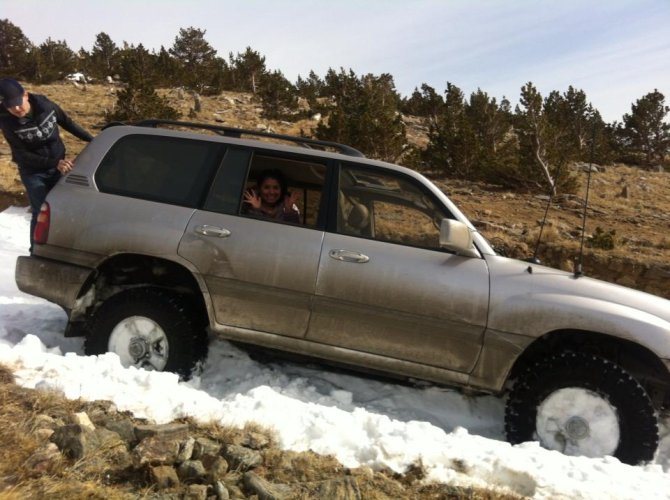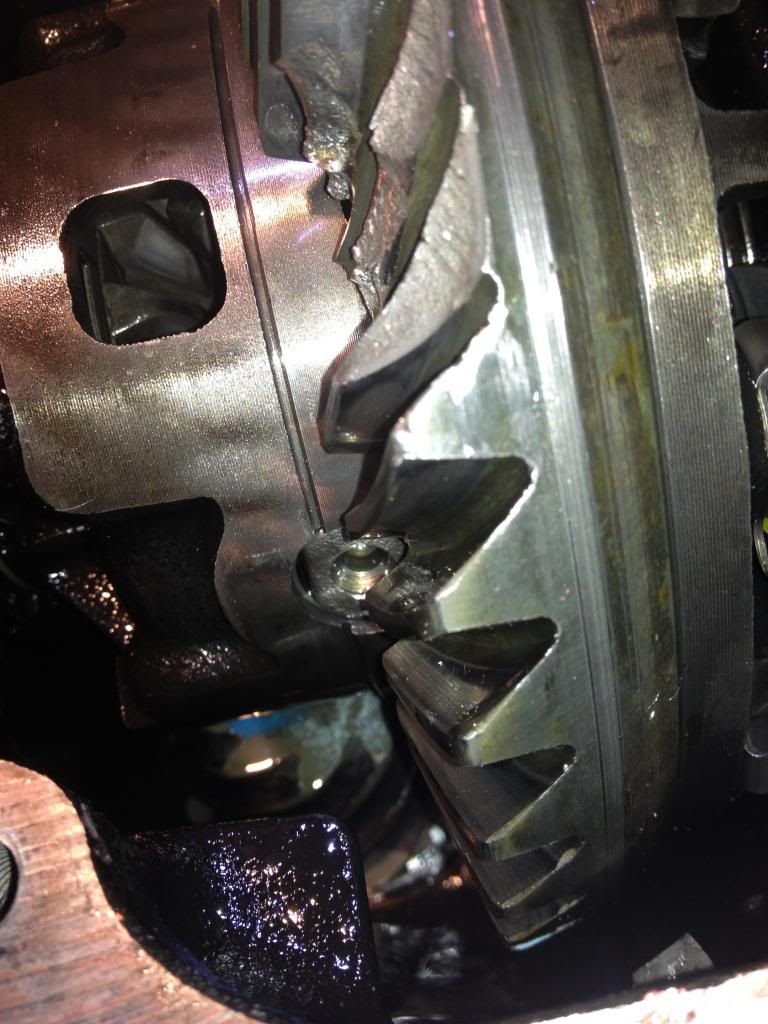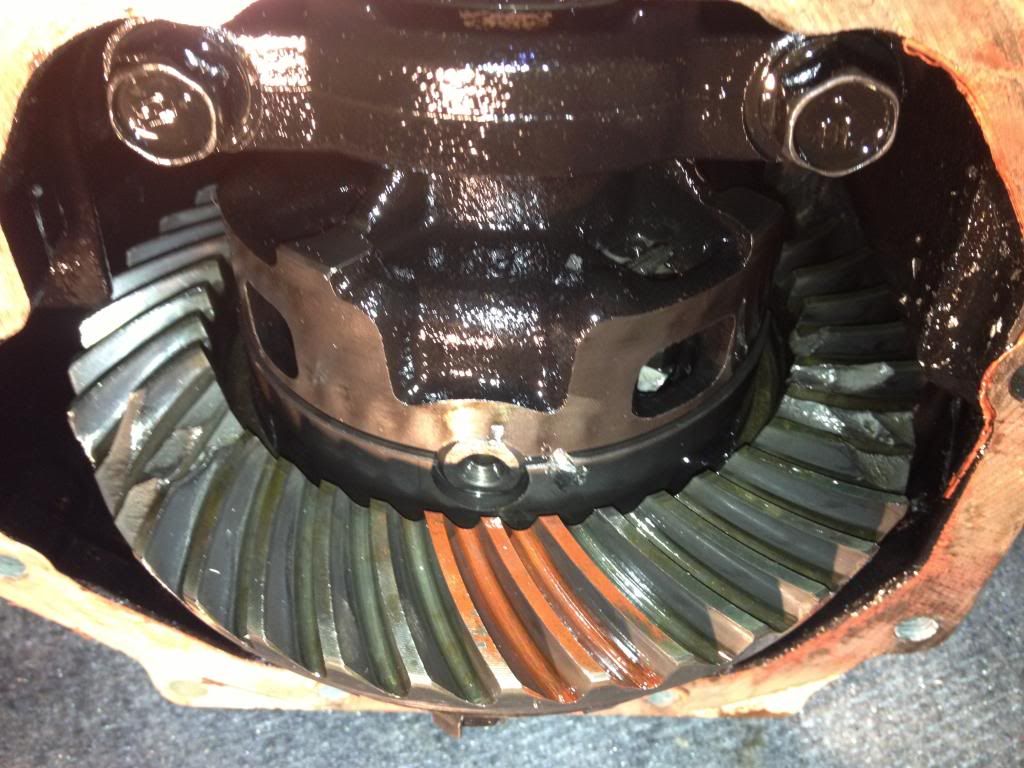On the Spooky Night Run there were a few guys who were employing a new technique to me, to reduce speed on steep icy descents. The feat was performed while the vehicle was essentially in a 4-wheel slide headed downhill on snow/ice, and was essentially locking up all 4 wheels, shifting to reverse, and giving it some gas to attempt to slow the vehicle down.
I was really surprised to hear guys were doing this, and without making it a big deal I did at least convey over the radio that "I'm not sure that's such a good idea." Seems to me like a good way to pop a pinion or birfield/CV (what if there was sudden traction on a locked axle), or just reduce friction even further to make the truck accelerate even faster.
But perhaps a revolution is at foot here and I'm just a late adopter, so would like to know if anyone else is using/recommending this method? discuss...
discuss...
I was really surprised to hear guys were doing this, and without making it a big deal I did at least convey over the radio that "I'm not sure that's such a good idea." Seems to me like a good way to pop a pinion or birfield/CV (what if there was sudden traction on a locked axle), or just reduce friction even further to make the truck accelerate even faster.
But perhaps a revolution is at foot here and I'm just a late adopter, so would like to know if anyone else is using/recommending this method?







